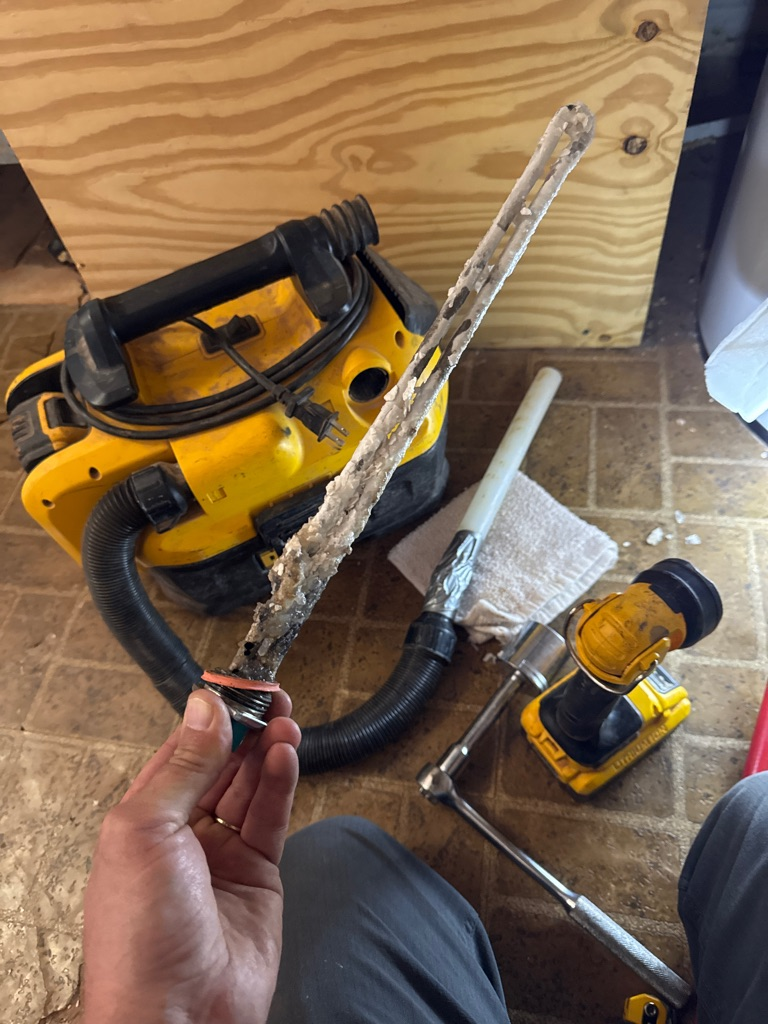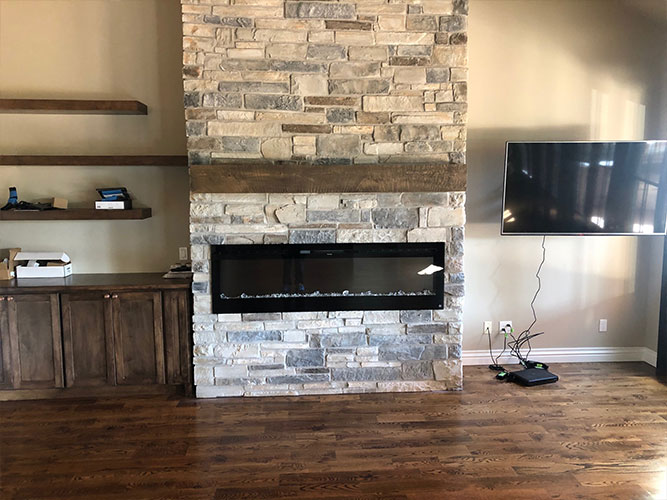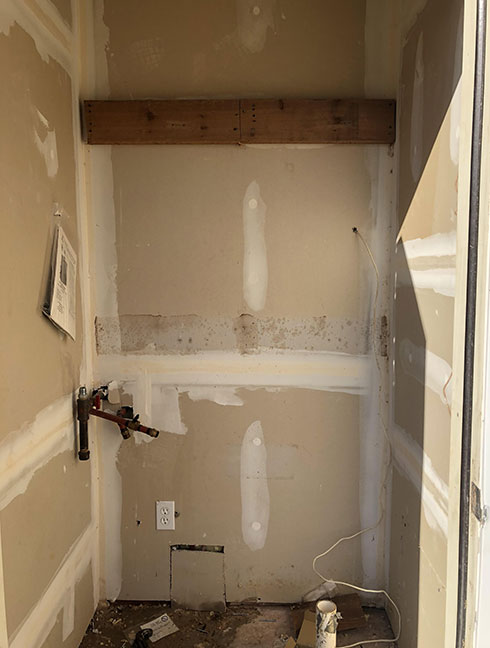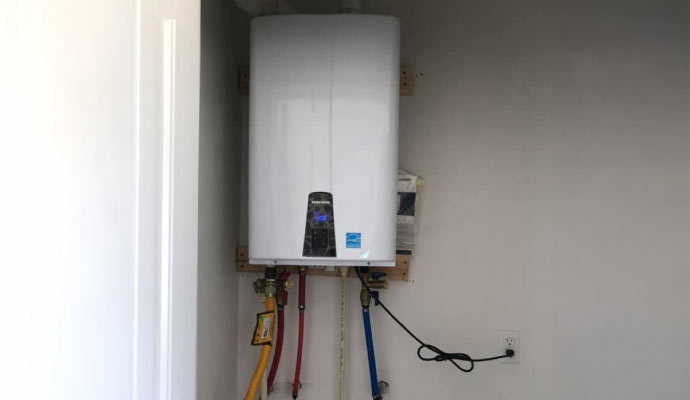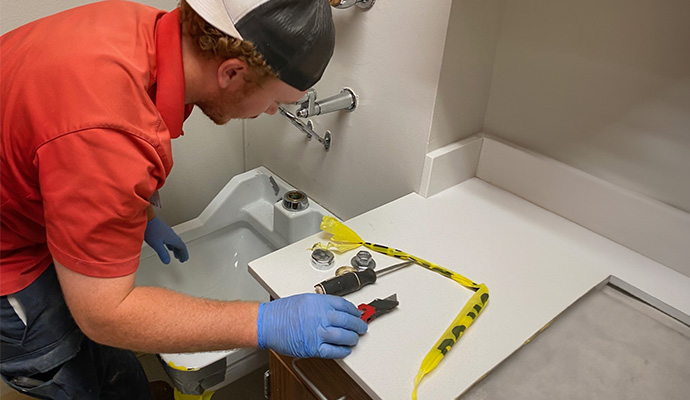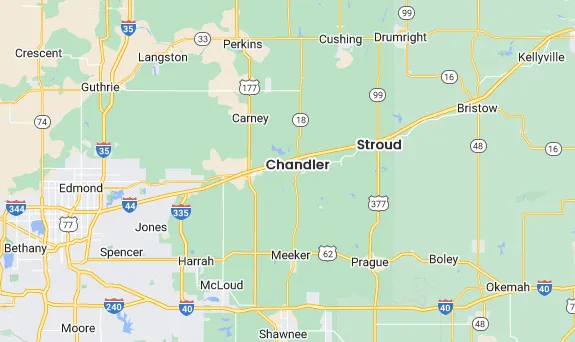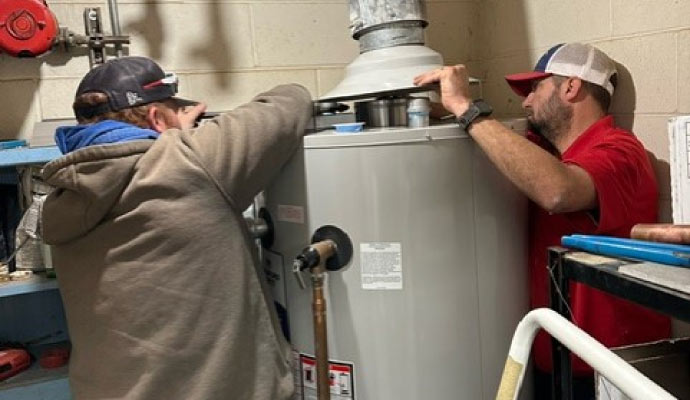
Insulating Water Heater Tanks in Chandler & Stroud
Ever wonder why your hot water isn’t quite as hot as it should be or why your energy bills seem higher than expected? The answer might be hiding in plain sight, which is an uninsulated water heater tank. Picture it, a hard-working appliance that’s constantly losing heat, like a coffee thermos without a lid.
Without insulation, your water heater has to work twice as hard to keep temperatures up, wasting both energy and money. But here’s the good news: Linn’s Plumbing offers water heater tank insulation that traps heat, boosts efficiency, and keeps your water ready when you need it. To learn more about insulating your water heater tank at your home or office in Chandler, Stroud, or Davenport, give us a call. To schedule an appointment for services, click here.
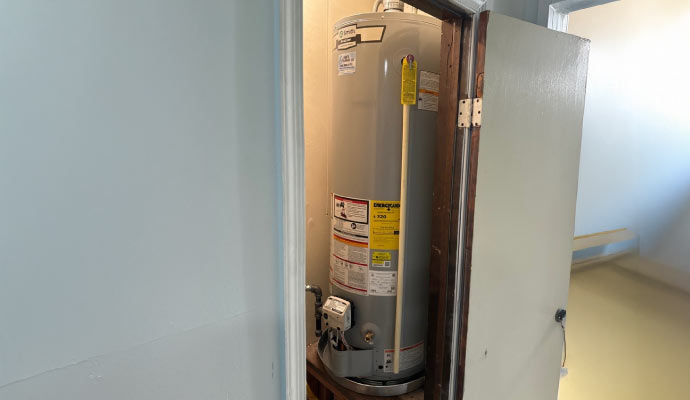
Reasons to Insulate Your Water Heater Tanks in Oklahoma
Insulating your water heater tank is not just a good idea, it's a necessity for homeowners looking to save on energy costs and enhance the efficiency of their heating systems. Water heaters account for a significant portion of energy consumption in homes, often ranging from 14% to 18% of total utility bills.
In colder months, uninsulated tanks can lose heat rapidly, forcing your heater to work harder to maintain the desired temperature. This not only increases energy consumption but also shortens the lifespan of your water heater. By insulating your water heater tank, you can significantly reduce heat loss, which will lower energy bills and create a more efficient system.
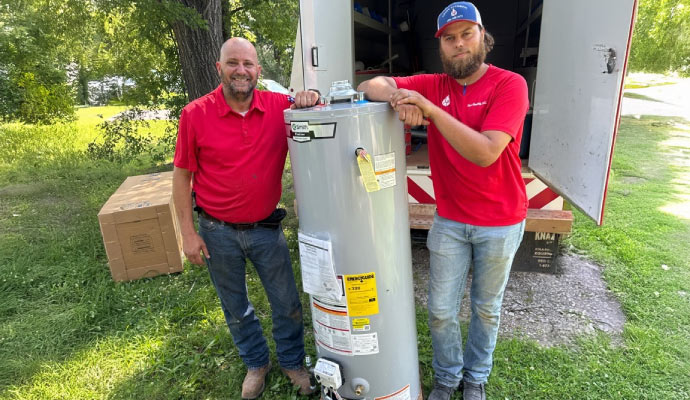
Why Let Experts Insulate Your Water Heater Tank in Agra?
DIY projects can be fun, but when it comes to water heater tank insulation, leave it to the professionals. Here's why:
- Safety First: Water heaters involve gas and electricity. This is not something to mess around with if you're not a licensed plumber. Professionals are trained and certified to do the job right, keeping your family safe.
- Correct Material: There are different types of water heater tank insulation. Plumbers know exactly what type and thickness is best for your specific tank, ensuring optimal efficiency.
- Flawless Fit: Improperly installed insulation can be worse than no insulation at all. Experienced technicians ensure a snug, secure fit that maximizes heat retention.
Our Expert Water Heater Tank Insulation Process in Stroud
Linn’s Plumbing offers expert water heater tank insulation, helping you save money and keep your water heater efficient. Our skilled team will inspect your heater, assess any existing insulation, and recommend the best solution for your home.
Using premium materials, we ensure optimal heat retention and a seamless, effective process. Each installation follows safety codes and guidelines for installing and operating water heaters. Trust us to enhance your water heater’s efficiency, so you enjoy reliable hot water and reduced energy costs all year round. Call us today to schedule your insulation service!
Linn's: Your One-Stop Solution for Plumbing Issues in Chandler
In addition to our water heater insulation services, we are your go-to for a comprehensive range of plumbing services. From appliance installation to emergency plumbing, we cover all aspects of your plumbing needs. Our team of certified professionals has the skills and equipment to handle even the most challenging plumbing issues, like:
- Toilet installation
- Plumbing fixtures
- Drain cleaning
- Garbage disposal & Dishwasher repair
- Leak location & Repair
- Sump pumps
- Sewage backups
- Water treatment
- Clogged toilet
- Faucet Repair & Installation
- Leaky faucet
- Water filtration
- Natural gas
- Routing pipes
- Sink repair & installation
- Tub installation & repair
- Running toilet
- Showerhead replacement
Septic System Care You Can Count On in Tryon & Prague
We provide expert septic system services to ensure your entire plumbing system stays in top shape. From tackling slow drains and eliminating unpleasant odors to performing routine inspections, our skilled team can handle it all.
Proper septic maintenance is key to preventing costly issues and protecting your property’s health. Trust our experienced professionals for reliable, thorough septic care throughout the year!
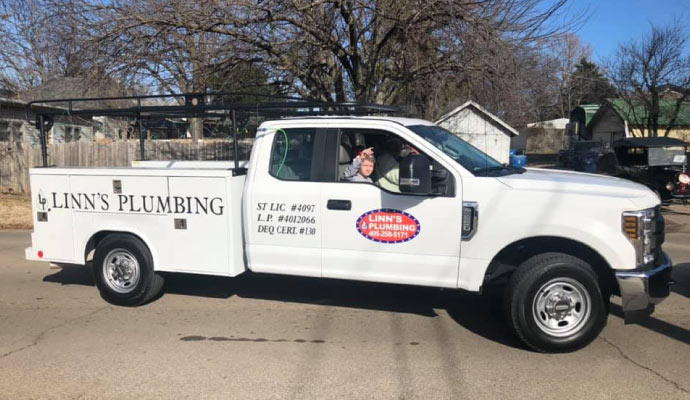
What Sets Us Apart from Our Peers in Depew and Meeker?
- Certified Technicians: Our team consists of fully licensed and trained professionals.
- Customer-First Approach: We prioritize your satisfaction & convenience, from flexible scheduling to respectful service.
- Transparent Pricing: With clear and upfront pricing, there are no hidden fees or surprises, so you know what to expect.
- Chemical-Free Solutions: We are dedicated to providing energy-efficient solutions to help the environment & your wallet.
Area We Serve with Water Heater Tank Insulations in Oklahoma
From Carney to Jacktown, we're your local plumbing experts when it comes to water heater insulation services. We can solve any plumbing problem you might have in Agra, Davenport, Sparks, and other cities we serve within our service area in Oklahoma. Whether it's a leaky faucet or a major clog, our expert team is ready to spring into action. At Linn's Plumbing, we're not just plumbers; we're also your neighbors and your neighborhood problem-solvers. Our crews are committed to delivering top-notch services on every job we perform for our friends and neighbors throughout Lincoln County.
Rely on Our Water Heater Tank Insulations in Chandler & Stroud
When it comes to insulating water heater tanks in Chandler and Stroud, trust Linn's Plumbing for expert service that enhances efficiency and saves you money. Don’t let heat loss drain your wallet, contact us today for a consultation! Let us help you keep your home comfortable while reducing energy costs with our professional insulation services. To learn more, give us a call or click here to schedule an appointment for services today.

